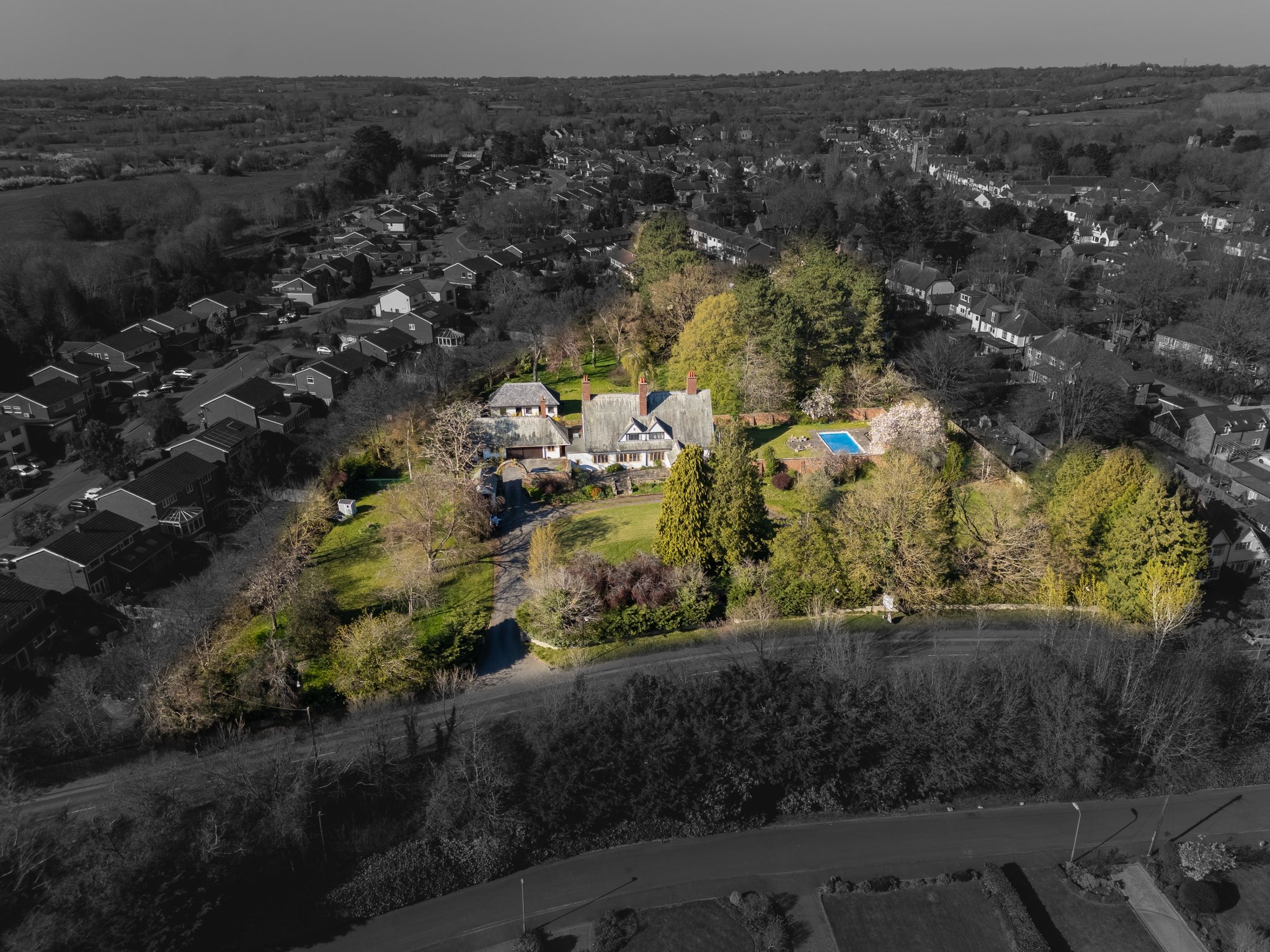
BROOK END.
New Road,
Henley-in-Arden,
Warwickshire.
1909
For Miss F. Knight.
Brook End is for Sale: www.rightmove.co.uk
The walls are roughcast with tarred plinths, most windows have stone dressings,
though some are wood-framed, and all have iron casements, and the roofs are of
green slate.
Conversion of the stables into garages.

Brook End, Henley-in-Arden, photo harts-homes.co.uk
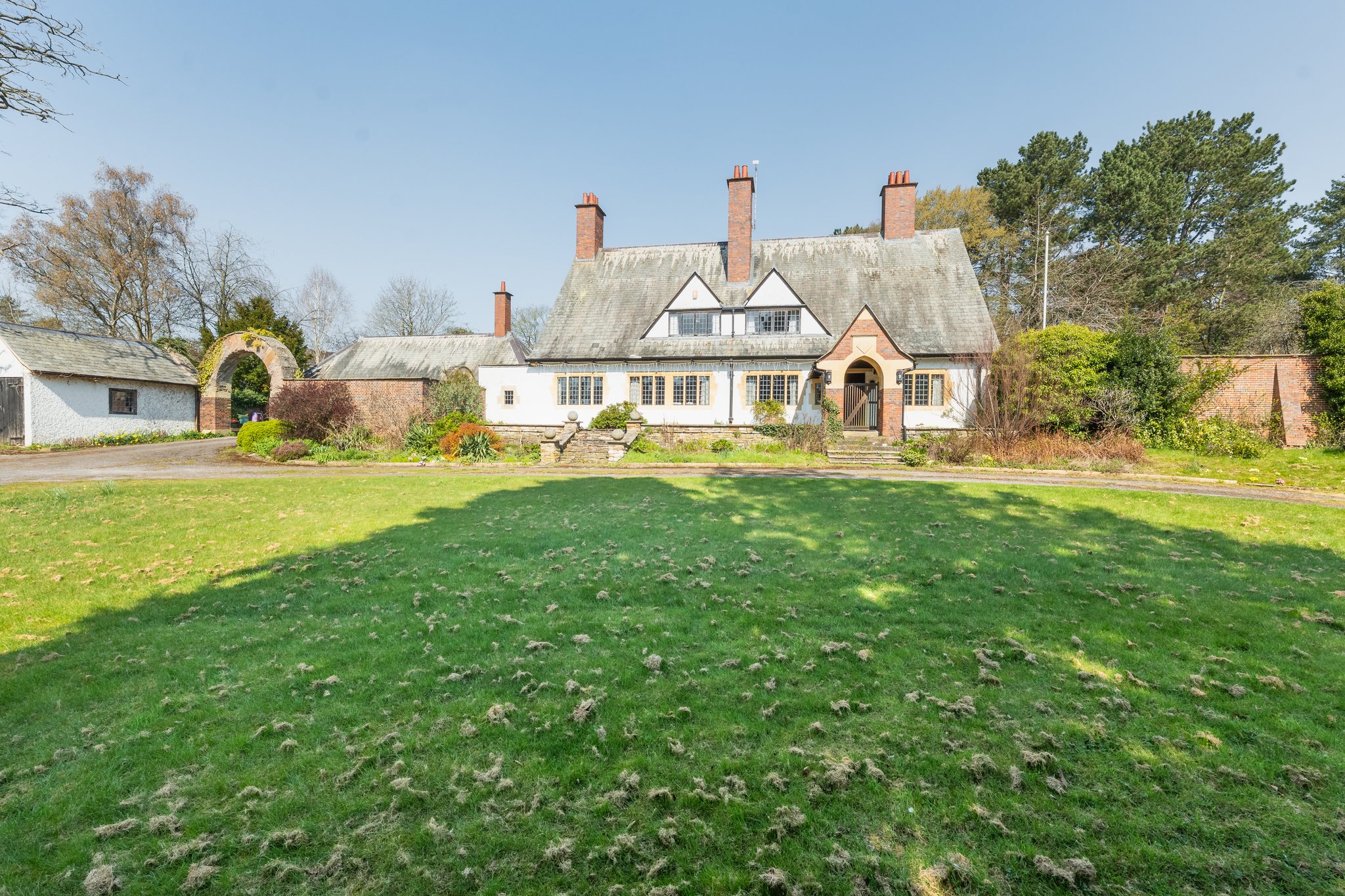
Brook End, Henley-in-Arden, photo harts-homes.co.uk
,%20photograph%20courtesy%20of%20John%20Trotter.jpg)
Brook End, Henley in Arden 1909, photo courtesy of John Trotter
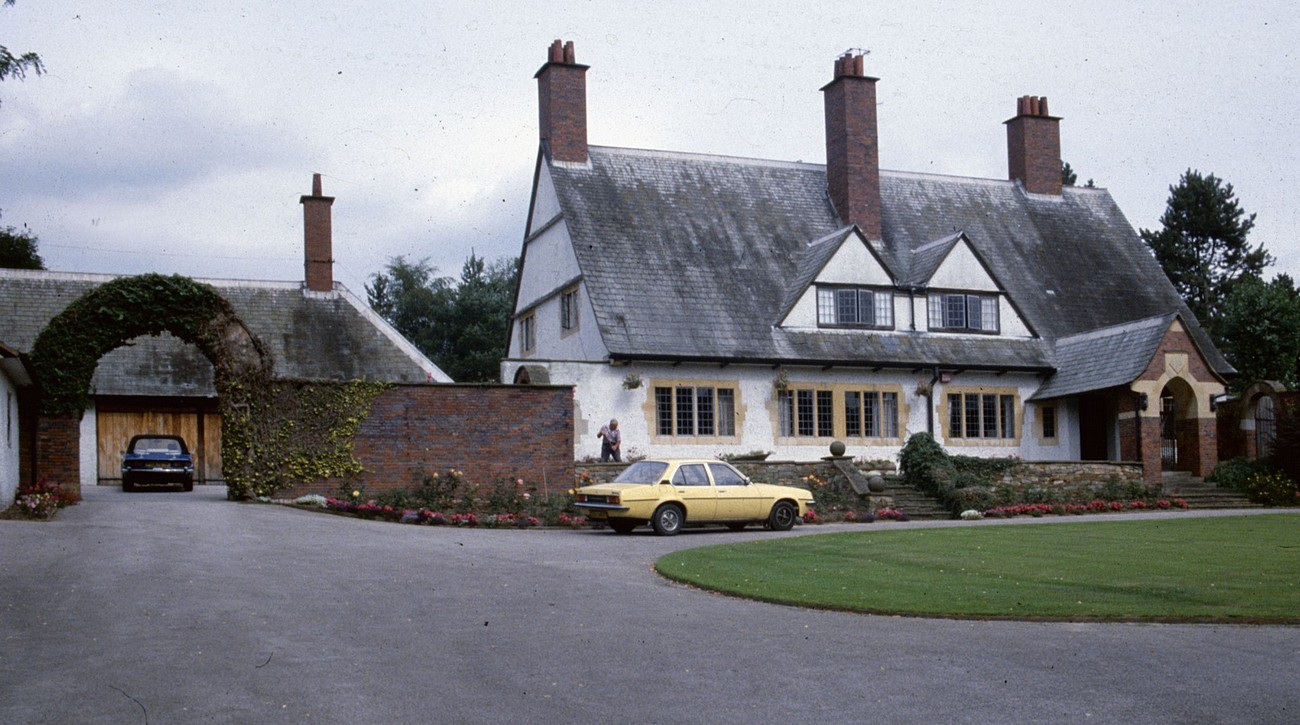
Brook End, Henley in Arden 1909, photo courtesy of John Trotter
,%20photograph%20courtesy%20of%20John%20Trotter.jpg)
Brook End, Henley in Arden 1909, photo courtesy of John Trotter
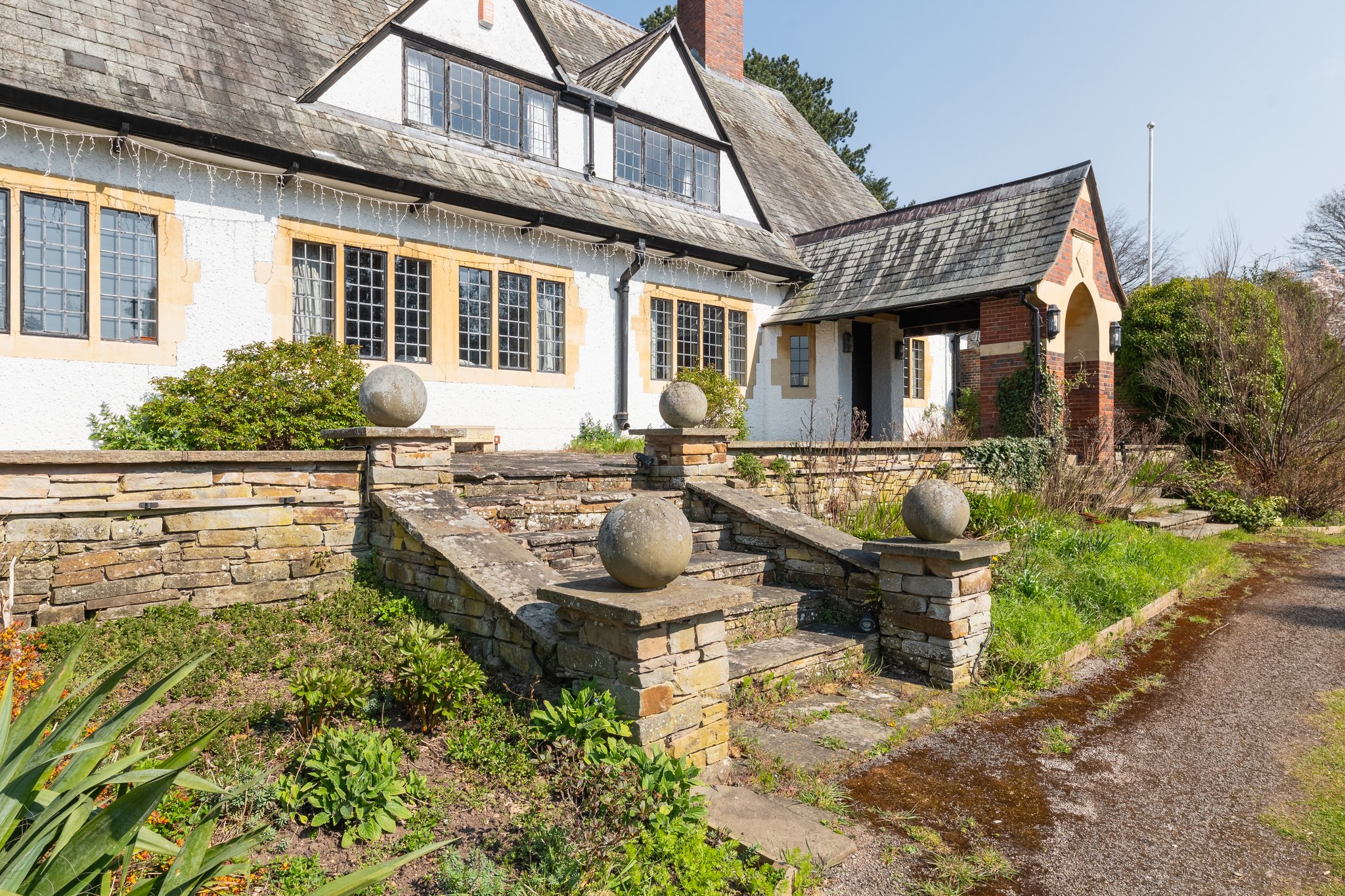
Brook End, Henley-in-Arden, photo harts-homes.co.uk
,%20photograph%20courtesy%20of%20John%20Trotter.jpg)
Brook End, Henley in Arden 1909, photo courtesy of John Trotter
,%20photograph%20courtesy%20of%20John%20Trotter.jpg)
Brook End, Henley in Arden 1909, photo courtesy of John Trotter
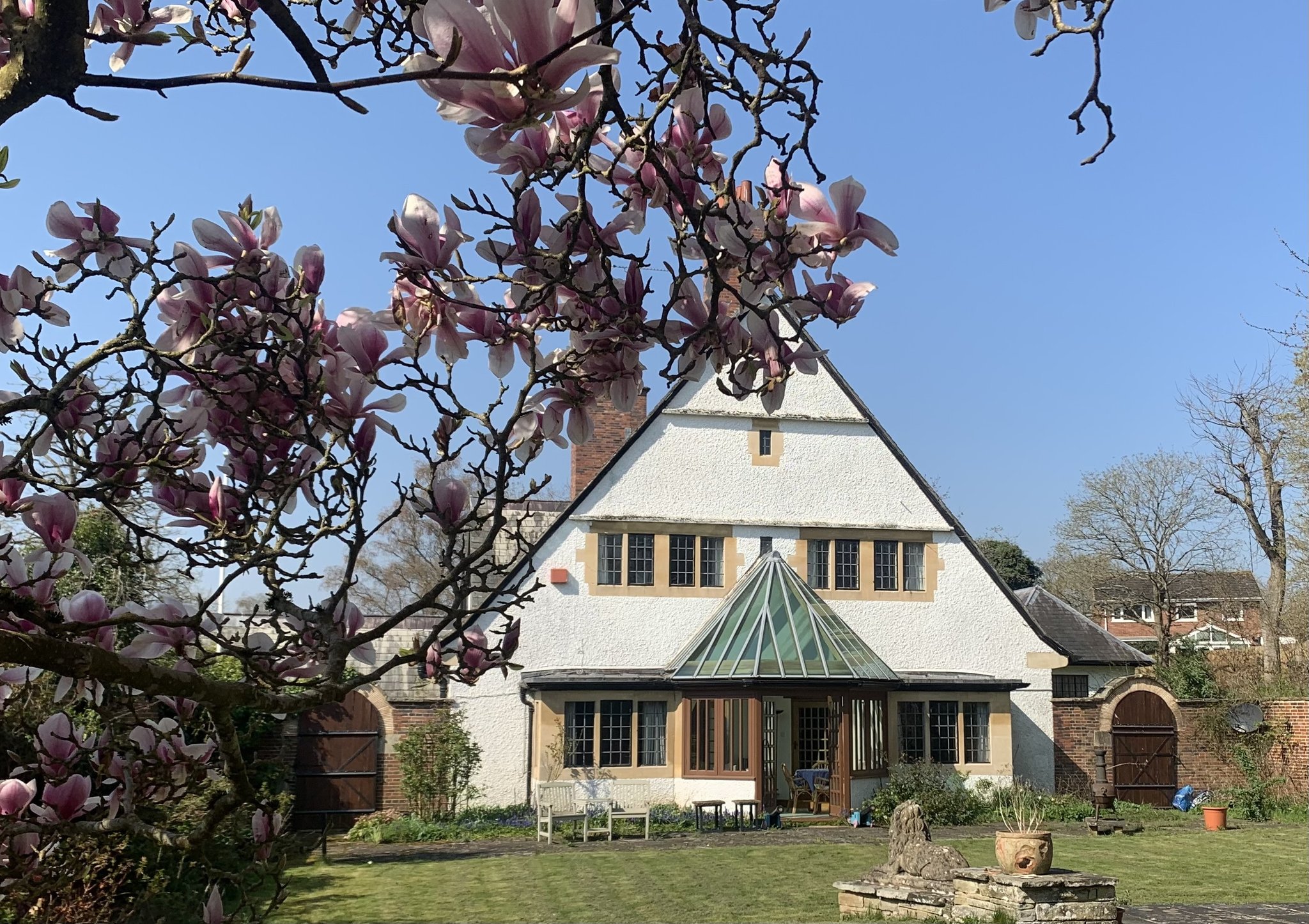
Brook End, Henley-in-Arden, photo harts-homes.co.uk
,%20photograph%20courtesy%20of%20John%20Trotter.jpg)
Brook End, Henley in Arden 1909, photo courtesy of John Trotter
,%20photograph%20courtesy%20of%20John%20Trotter.jpg)
Brook End, Henley in Arden 1909, photo courtesy of John Trotter

Photo on rightmove.co.uk

Photo on rightmove.co.uk

Photo on rightmove.co.uk
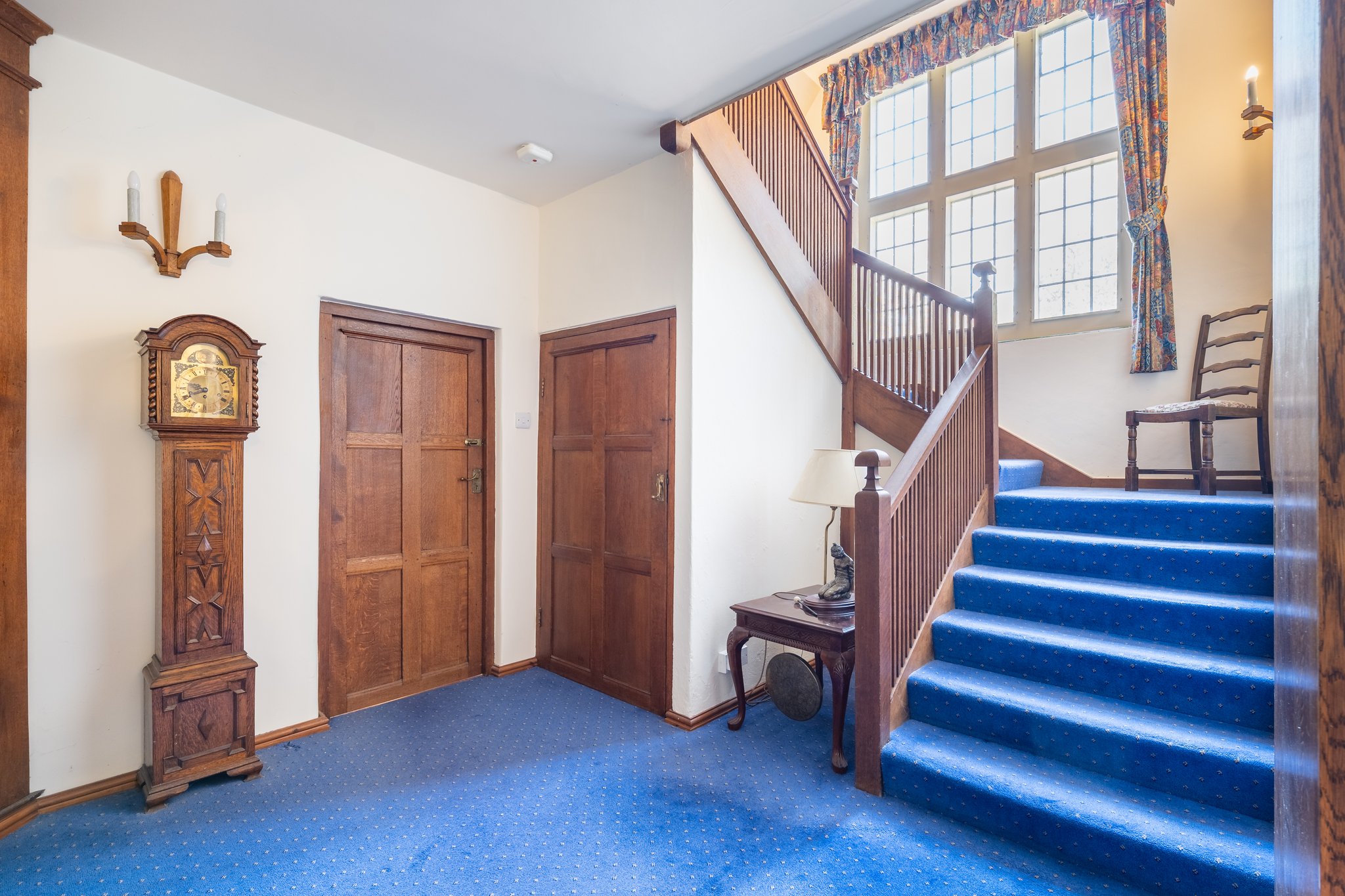
Brook End, Henley-in-Arden, photo harts-homes.co.uk
.jpg)
Perspective
showing the house as built except for the length of the porch,
published in Duncan Simpson, C.F.A. Voysey, p. 106.
Link >
RIBA Drawings Collection
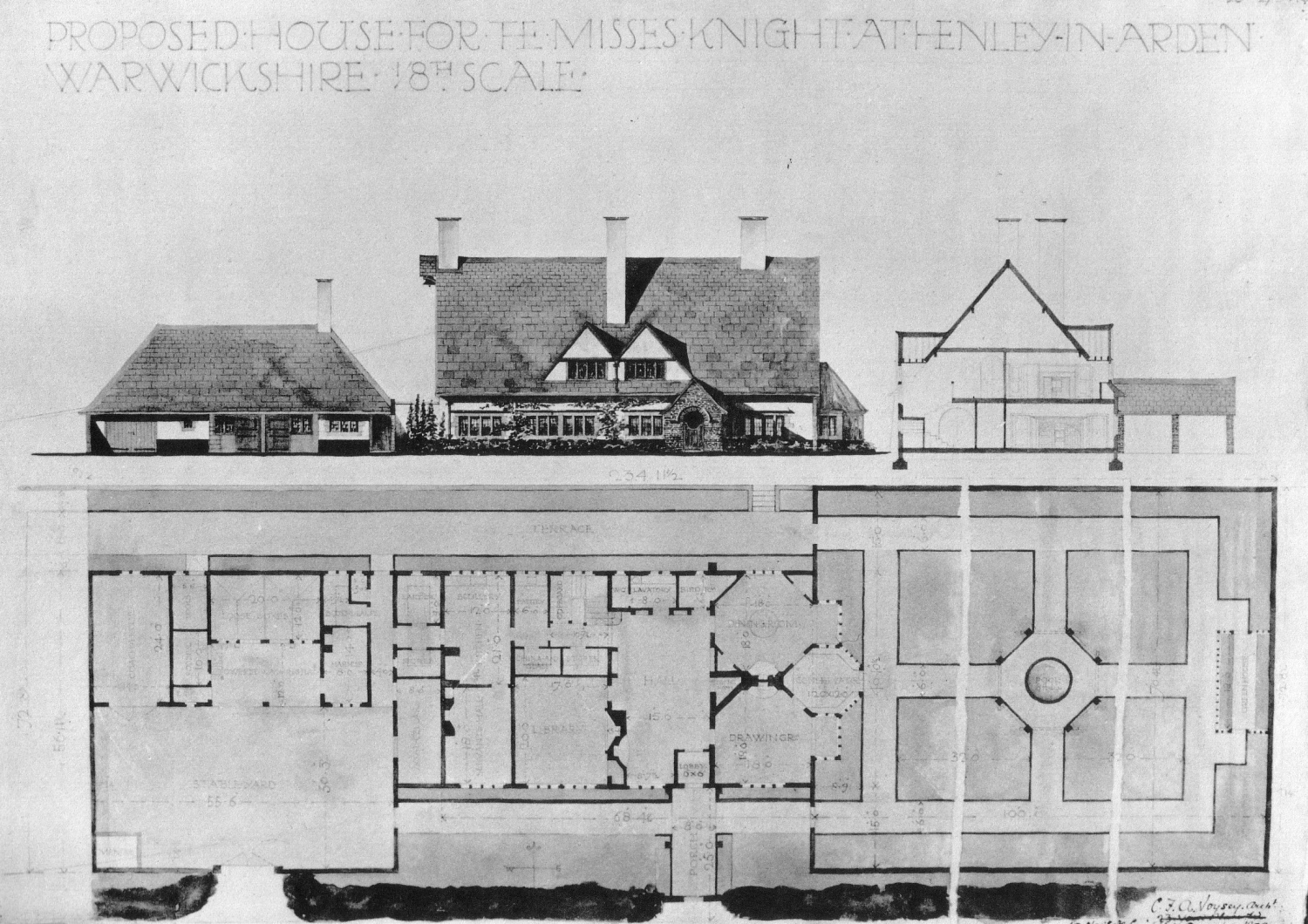
Link > RIBA Drawings Collection
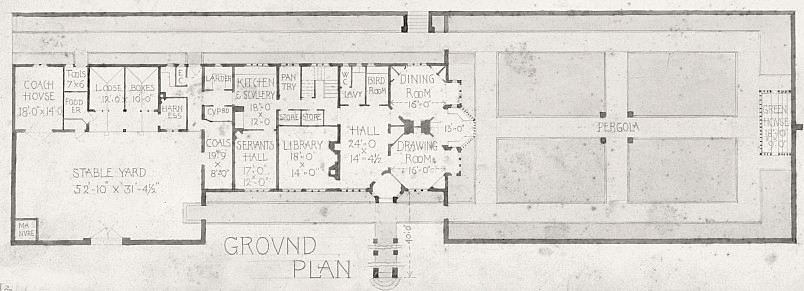
Ground plan
Link > RIBA Drawings Collection
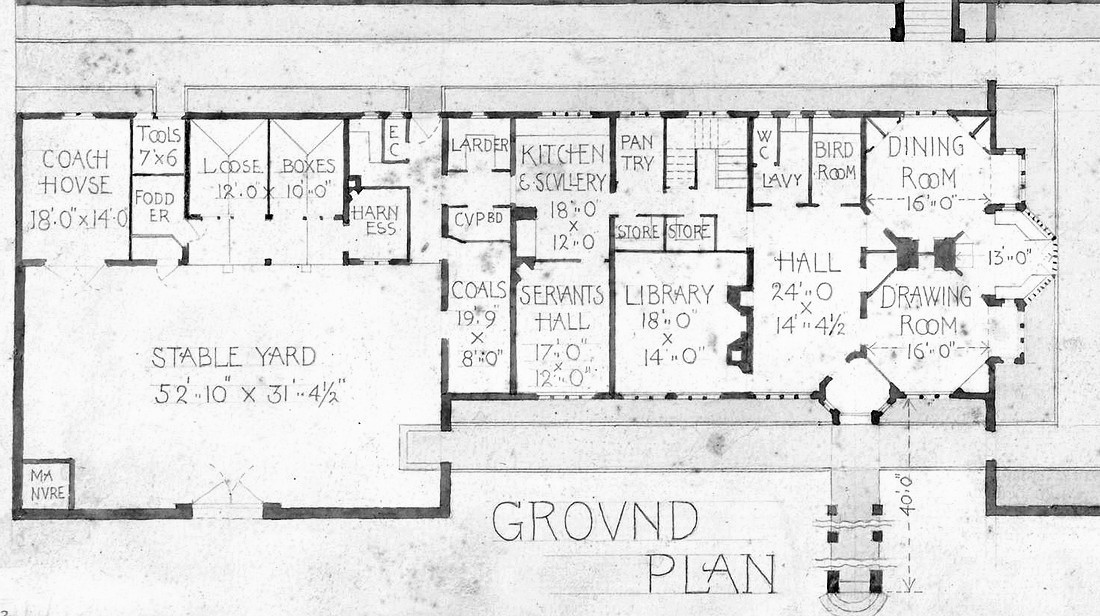
Ground Plan
Link > RIBA Drawings Collection
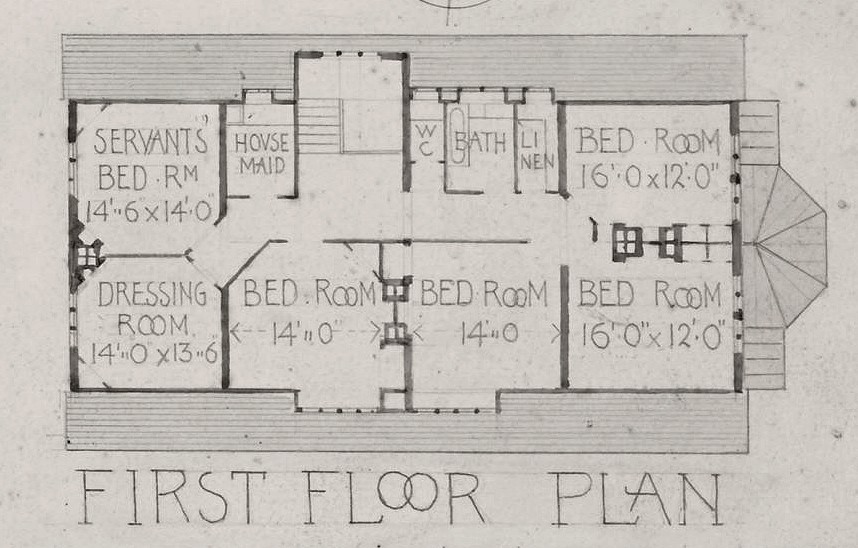
First floor plan
Link > RIBA Drawings Collection
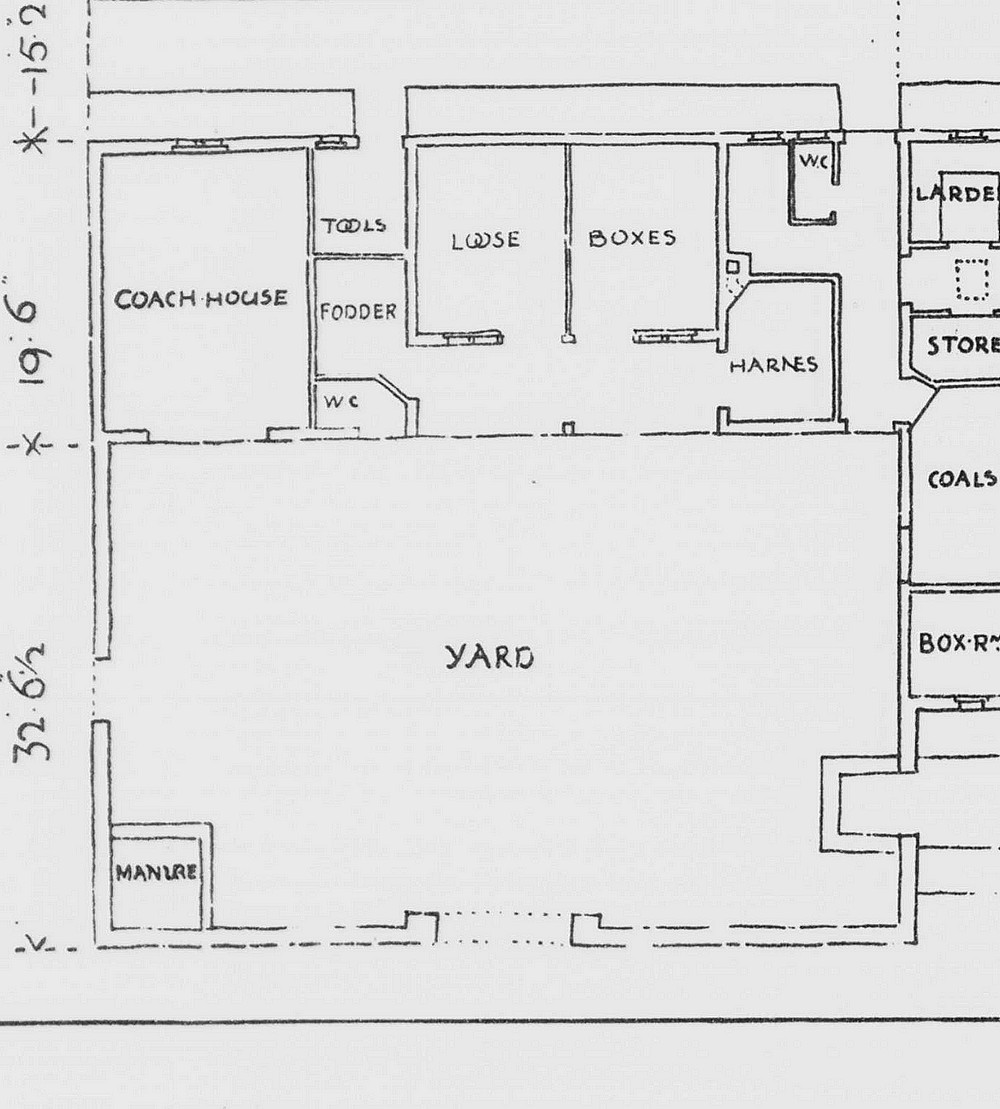
Ground plan of the stable, published in The British Architect, 20th May 1910.
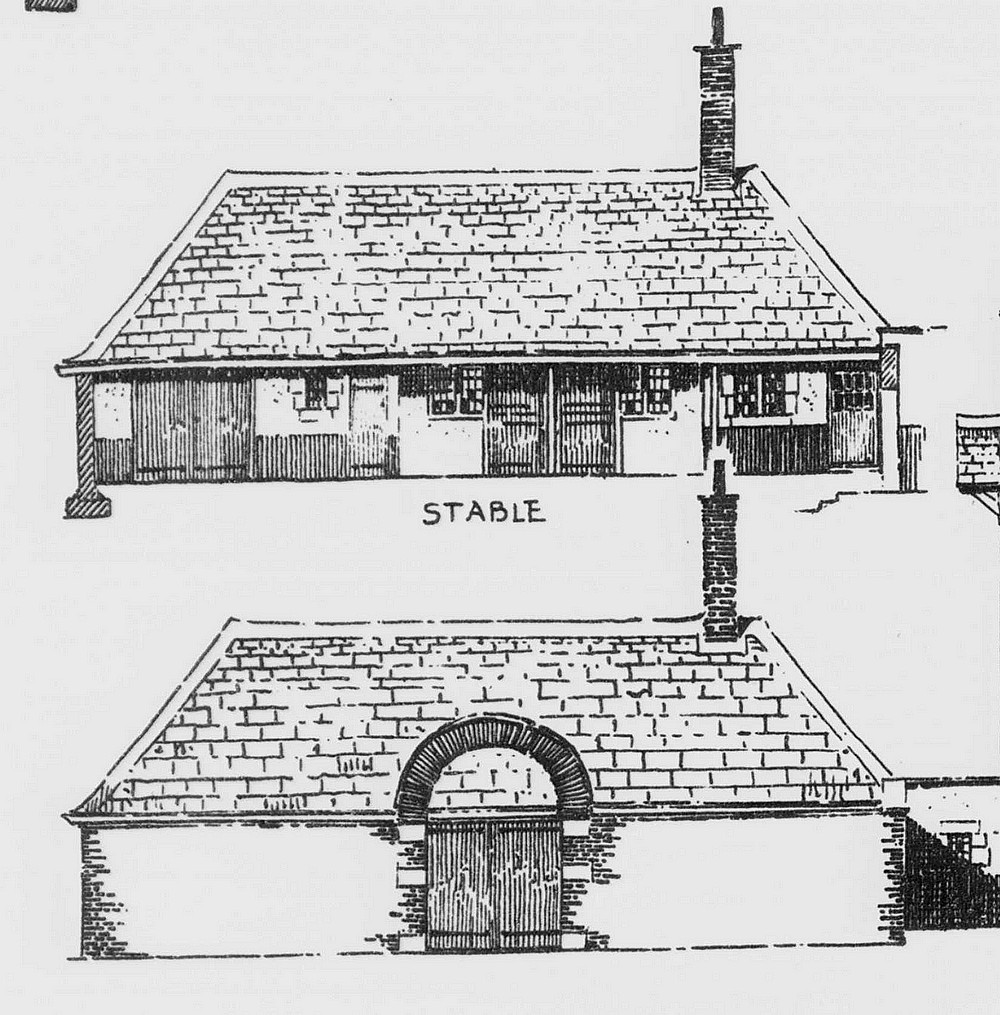
Stable elevations, published in The British Architect, 20th May 1910.
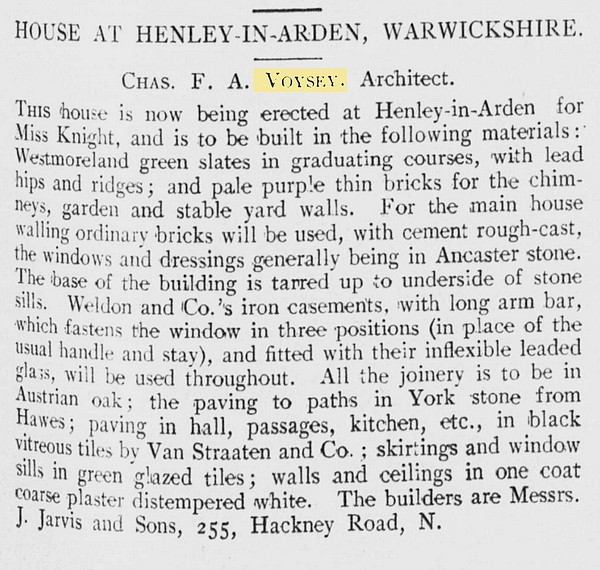
Text from The British Architect, 20th May 1910, p.345.
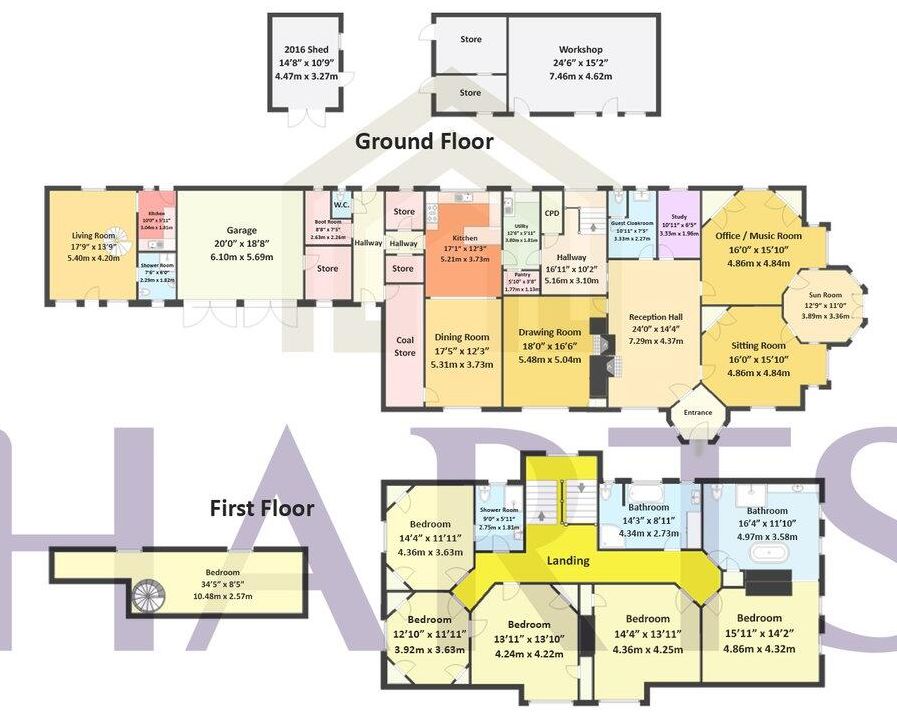
Brook End, Henley-in-Arden, floor plans, harts-homes.co.uk, rightmove.co.uk (2025)
Photographs and Drawings Courtesy of The Royal Institute
of British Architects.
Photographs, drawings, perspectives and other design
patterns
at the Royal Institut of British Architects Drawings and
Photographs Collection.
Images can be purchased.
The RIBA can supply you with conventional photographic or
digital copies
of any of the images featured in
RIBApix.
Link >
RIBA Drawings Collection: Brook End Images
Link > RIBA Drawings Collection: all Voysey Images
Pevsner's Warwickshire (with Chris Pickford, 2016) says:
Henley-in-Arden. Towards the 1908 Railway Viaduct in New Road is BROOK END. By Voysey, 1909, for Misses Knight. Roughcast with flush mullioned windows, gables dormers joined together, spreading slate roof and attenuated brick porch. Single-storey outbuildings attached. Some elements of Voysey's garden design also survive.
Description on Historic England
HENLEY-IN-ARDEN SP1465 NEW ROAD 652-1/11/118 (North side)
05/04/67 Brook End and attached walls and terrace II
House and attached stable
range and wall. 1909. By CFA Voysey for the Misses Knight of Barrells Hall.
Roughcast with sandstone ashlar and brick dressings; steeply pitched slate roof
with brick end stack, stack in slope of roof and cross-axial stack, all with
tall pots. 3-unit plan. EXTERIOR: single-storey plus attic; 4-window range.
Entrance in canted projection to right of centre has open gabled brick porch
with brick piers to ashlar pointed arch, bands and lozenge with initials; plank
door with strap hinges. Flush-faced mullioned windows: 3-light window to each
side of pair of 4-light windows to left of porch, which has side lights, and
3-light window to right end; attached pair of gabled roof dormers with 4-light
casements; all have leaded glazing. Left return has lean-to outshut below two
3-light windows under drip-course, and drip-course to gable; attached stable
range with hipped roof and stack; 2 coach entrances have paired plank doors with
strap hinges; similar stable door to left has flanking 2-light mullioned windows,
and entrance with similar door to right end, with 2-light window to left, leads
to through passage along side of outshut, which has entrance to house. Right
return has canted conservatory projecting between 2 flat-roofed 3-light bay
windows with two 2- plus 2-light windows above. Rear has catslide outshut with
gable to 3-light transomed window. INTERIOR: not inspected, but believed to have
Voysey fittings, octagonal library and octagonal dining room, and conservatory.
SUBSIDIARY FEATURES: wall attached to outshut projects with round-arched gateway
then returns to cross front of stable range, with paired plank gates under
archway, and later garage with swept roof and entrance with paired doors to
front gable; similar wall with arched gateway to return attached to other end of
house, which stretches round 3 sides of a garden to the right of the house;
terrace with rubble walling and steps with ball finials connects 2 walls and the
porch.
(Duncan Simpson, CFA Voysey an architect of individuality, London 1979,
pp. 105-107).
References:
Wendy Hitchmough, CFA VOYSEY, London 1995, 203-4.
The Architect,
LXXXIV, 1910.
The British Architect,
LXXIII, 1910, pp. 345, 348.
David Gebhard,
Charles F. A. Voysey,
figs. 123-4.
Duncan Simpson, C.F.A. VOYSEY an architect of individuality, London 1979.
> Return to Voysey Home page <
http://www.besucherzaehler-homepage.de